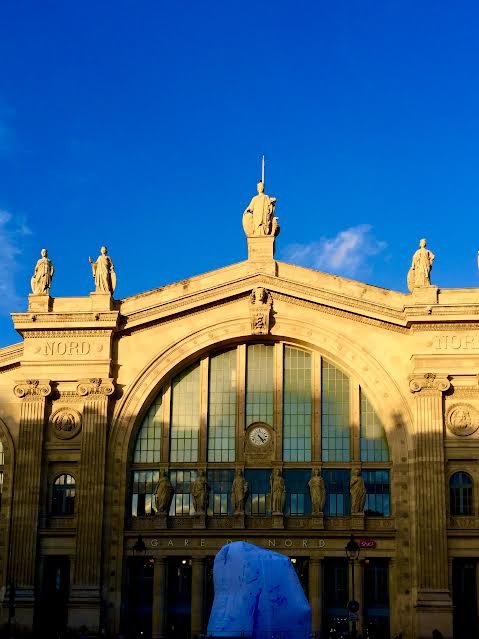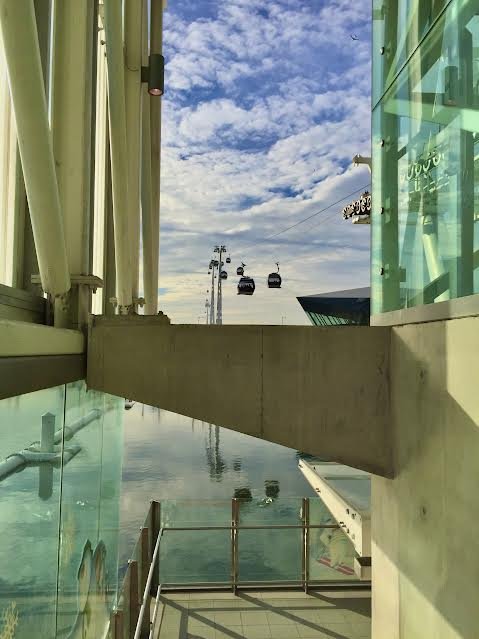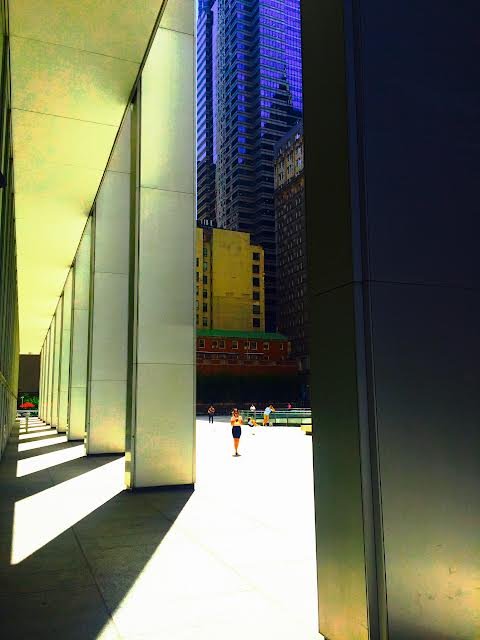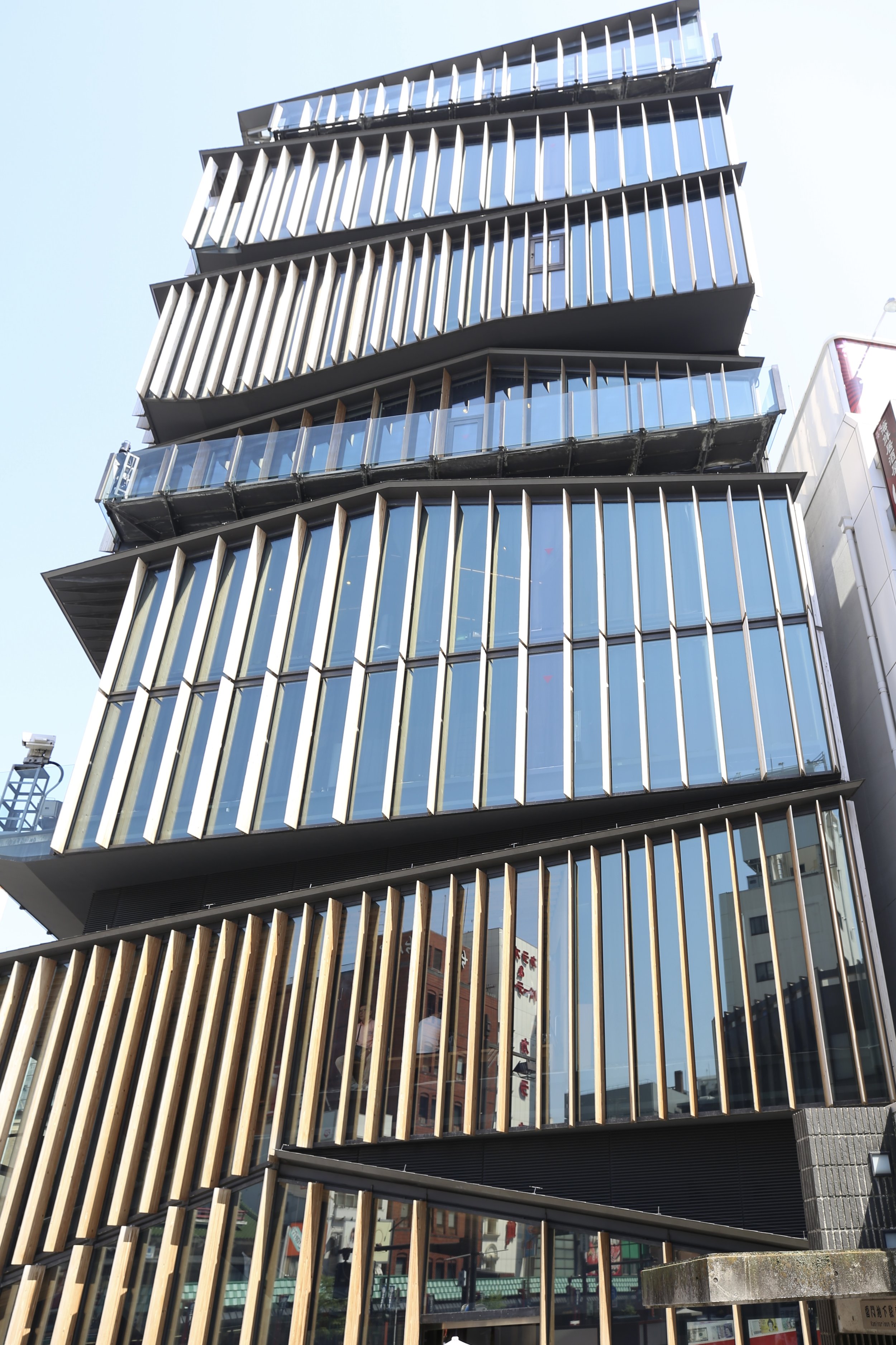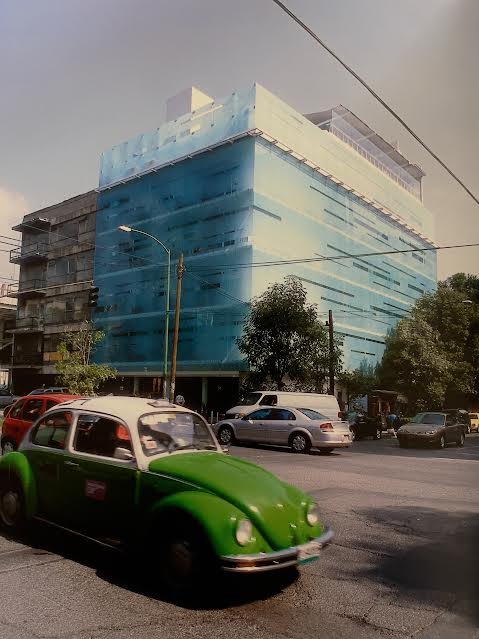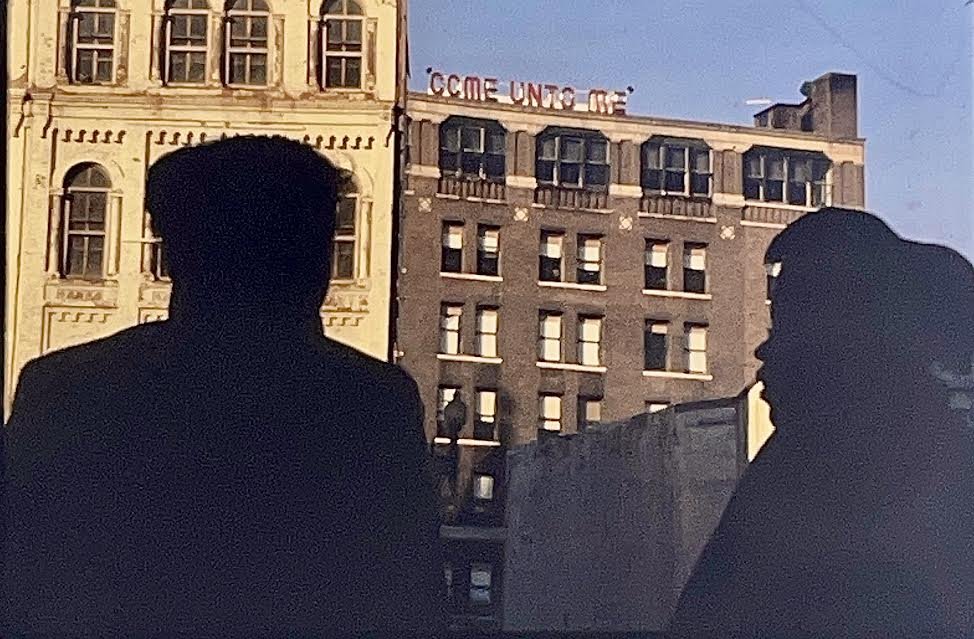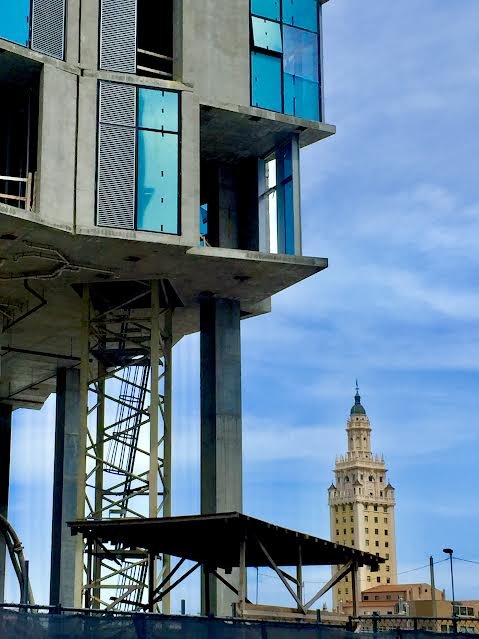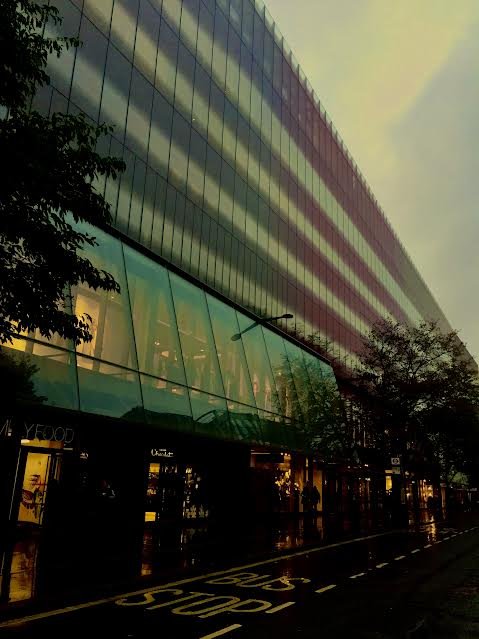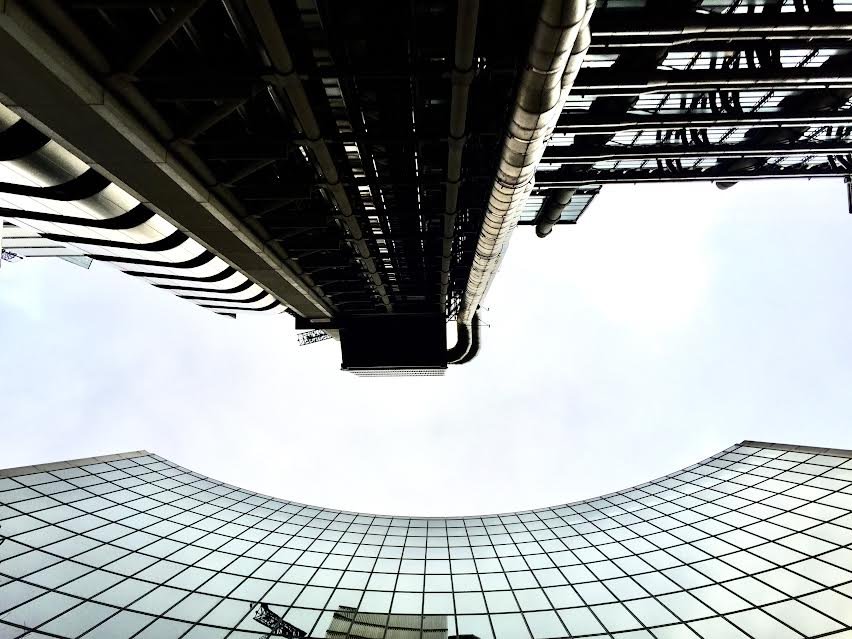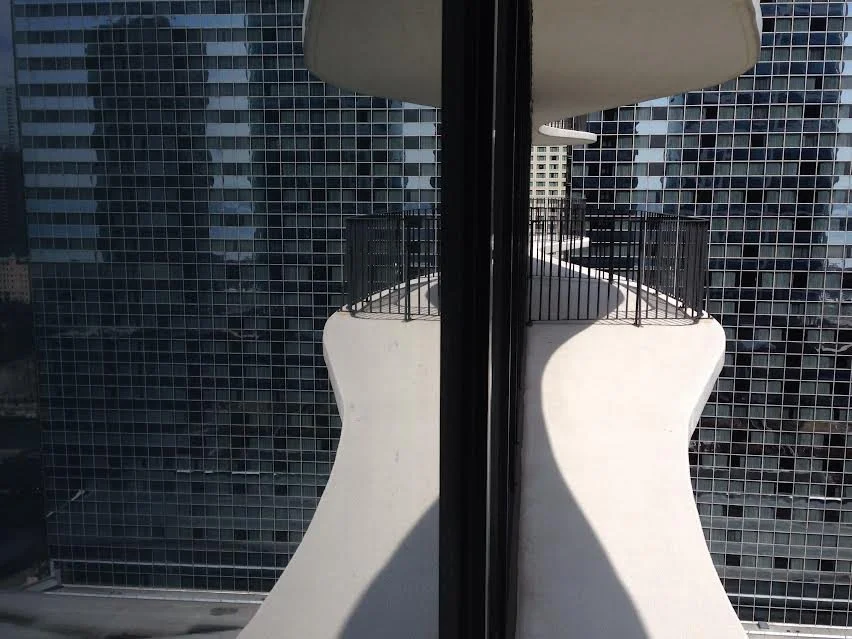The Architecture of cities: The World
Kenzo Tange: Yoyogi National Stadium
The immediacy of now
I remember Belize: It was quite a comfortable discomfort landing. I stood on the tarmac. I waited for know one. I needed to be somewhere I had never been before. I heard the quiet.
The most comparable experience: I land like a David Bowie alien in a foreign environment: Maybe my entire life was before me: I would unknowingly navigate a new space in time.
Like my first safari, I was about to begin the search for my first light: the first time I recognized light as an asset.
Today as then I fear and celebrate the unfamiliar: New territories and unfamiliar light: But somehow I have learned through the years to hunt for what would become the intended light.
My home window looks to the outside world. I could merely make images and write without moving: It seems something Hopperish: I could capture captivating stories like “Rear Window” on steroids: It wouldn’t be Rem Koolhaas’s “Delirious”: It wouldn’t be E.B White’s “Here is New York”: It would be a life in days and nights.
Nothing I do with my camera is fatuous: My mind is always in the hands of photography’s history. I might lazily invoke Cartier-Bresson’s coined:”The Decisive Moment”. But I apply the “…Moment” to Ansel Adams. He raced across country sides to still the light before it vanishes: That is the feverish pitch to the endgame that I pursue. The delight of racing across urban and rural landscapes.
Adams approached landscapes with the same intention Hercule Poirot announced “A Crime is a foot”: Poirot plotted how to solve the crime in similar fashion to Adams plotted how to capture his light to satisfaction.
But then there is the passion to be like Brassai at night: Not to shoot at night: but to have the clarity: Brassai’s pictures have no mystery, but they owned the mysterious. I have always wanted my diurnal rhythms to mimic the agenda in Brassai’s nocturnal rhythms.
Dubai: Za’abeel Second
All of the above reads so emotionally I feel a bit sick in the head: But when I think about most of the books about architecture and photography I mostly hear pragmatism. If photography of the architecture I see is not from the heart, then something is missing. I pursue the light of architecture, the light in architecture.
I prowl. I face each assignment each day as if I must find the light before it vanishes. Tomorrow might be different: The immediacy is for now.
The world of architecture’s photography is a beautiful place to live: The problem is that there are so many obstacles to be where you need to be: And when. Then you couple those issues with the three stages: The dreams: The voices: The voluminous moments: the many facets needed to accomplish just one successful image is like conquering a rubik’s cube with blinders on: It is the most singular joy I know of in photography.
I always imagined I could make photographs dancing like André Kertész’s “Dancing Faun”.
Paris: Gare du Nord
But for me there is a roar: Have you ever raced across the streets of Dubai: The heat melting your irises, the sun weakens your heart: You cross streets not intended to be crossed: You break the laws to make the picture: It is not merely the heat that makes you act recklessly: It is simply the desire to find the moment before it vanishes.
Have you ever raced across the Tokyo streets: The myriad of a million faces like continuous waves obscuring your intended agenda until you arrive. The light matters before it vanishes
Have you ever raced across Paris: cafes begging you to take a reprieve from your hot pursuit: Temptations are scary. The light matters before it vanishes.
Have you ever raced across London: Miles and miles of histories waiting for my camera: but only one light that day will matter: The one before it vanishes.
Architect’s Wilkinson Eyre. IFS Clous Cable Car near the O2
Across the globe, pictures are revealed to my camera. I inhale before each snap: It is only a matter of fractions of seconds before the vanishing light is captured: Yet when I exhale I feel that a Tolstoy tome has just passed between my cerebral lobes like a digital billboard: Gleeful exhaustion.
Every picture I have ever made reminds me of my arrival in Belize: There is a snake near in the grass: There are two eyes afar in the darkness staring at you: I am alone:
I am prowling for answers and satisfaction before the light of day vanishes into the night. Then there is the quiet.


